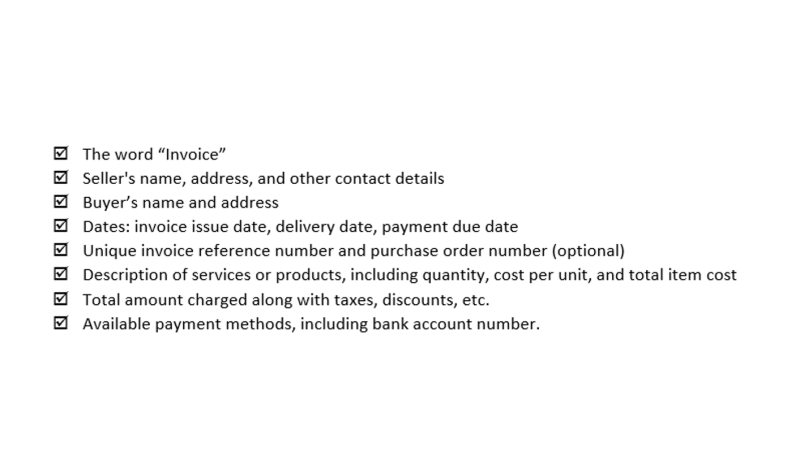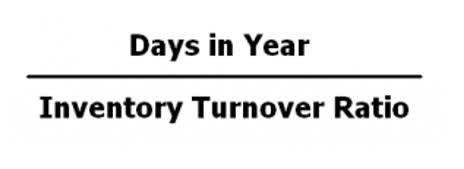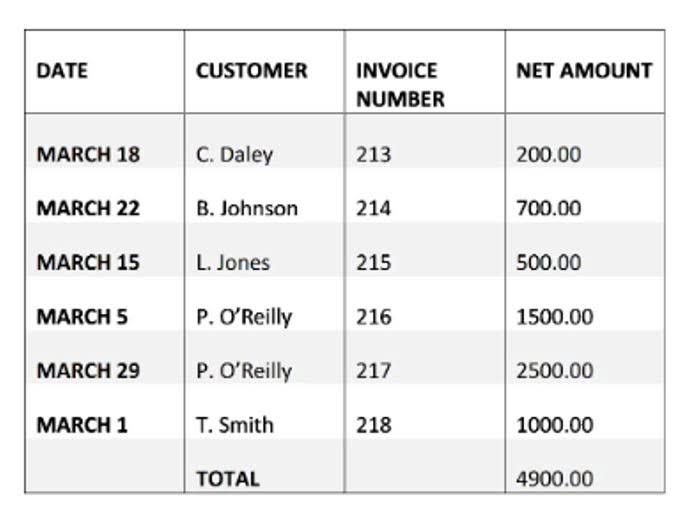
This generally takes place at the end of the month as part of the account closing process. This would be immediately before a business puts out its monthly financial statements. A business will observe the money leaving its accounts to calculate whether it matches the actual money spent. Restaurant Cash Flow Management Reconciliation is also used to ensure there are no discrepancies in a business’s accounting records. Always double-check your work to confirm that all discrepancies are resolved before closing the period so your financial statements are accurate. Financial institutions might adhere to regulations requiring daily reconciliations to ensure compliance and prevent misconduct.
Accounts payable and accounts receivable reconciliation

A reconciliation is the process of comparing internal financial records against monthly statements from external sources—such as a bank, credit card company, or other financial institution—to make sure they match up. Accountants typically perform an account reconciliation for all their asset, liability, and equity accounts. This process involves reconciling credit card transactions, accounts payable, accounts receivable, payroll, fixed assets, and subscriptions to ensure that all are properly accounted for and balanced. The reconciliation process balances 2 sets of figures with the aim of both being equal.
Client Collaboration: The Cornerstone of Successful Accounting Relationships
- It can involve complex transactions such as intercompany loans or shared expenses, and it helps eliminate duplicated revenue or expenses on your consolidated financial statements.
- This involves comparing internal records with external documents, such as bank statements or supplier invoices.
- Discover the essentials of account reconciliation, its processes, types, and best practices for maintaining financial accuracy and integrity.
- Once discrepancies are identified in the initial comparison stage, it is essential to thoroughly investigate the underlying causes.
- When you use accounting software to reconcile accounts, the software does most of the work for you, saving you a good deal of time.
- Another challenge is the availability and accuracy of data, as inaccurate or incomplete data can lead to discrepancies and errors in account reconciliations.
You can use different sets of figures depending on what you are trying to achieve. In business, this would typically mean debits recorded on a balance sheet and credits on an income statement. There are 5 main recognised kinds of reconciliation accounting that are industry-wide. When a parent company has several subsidiaries, the process helps identify assets. These may be the result of billing mistakes related to loans, deposits, and payment processing activities. This process requires you to compare internal records at the beginning and end of a financial cycle.
Reconciliation in accounting: Guide to financial reporting
Automation ensures that data is always up-to-date, allowing you to reconcile accounts in real time, making it easier to keep your financial records accurate. When you reconcile your bank account, for example, you compare the ending balance on your bank statement with the ledger balance in your general ledger. If you find discrepancies, such as overdrafts or unrecorded debits, make adjustments to reflect the correct account balance. Some businesses perform reconciliations monthly, while others require more frequent checks, such as weekly or daily, depending on transaction volume and complexity. Industries like retail or e-commerce often benefit from frequent reconciliations to promptly detect discrepancies. Maintaining comprehensive records allows organizations to substantiate financial transactions when required.
- Imagine a scenario where outstanding checks or unrecorded fees accumulate unnoticed—resolving these quickly prevents overdrafts, improves liquidity, and supports smoother operational funding for your client.
- Reconciliation is the practice of matching balances in accounts to find any financial inconsistencies, discrepancies, omissions, and even frauds.
- The company’s accounts payable balances are compared to supplier accounts payable records.
- Parent companies use this to bring together all the accounts and ledgers from the subsidiaries they may have.
For lawyers, this process helps to ensure accuracy, consistency, transparency, and compliance. A common example of account reconciliation is comparing the general ledger to sub-ledgers, such as accounts payable or accounts receivable. This ensures that all transactions are recorded accurately and any discrepancies are identified and corrected.

The frequency and specific processes may vary based on the nature and size of the organization. For lawyers, reconciliation in accounting is essential for ensuring that financial records are accurate, consistent, and transparent. While proper reconciliation is the standard for how law firms should handle all financial accounts, it is particularly important—and often required—for the management of trust accounts. This reconciliation process allows you to confirm that the records being compared are complete, accurate, and consistent. Reconciling accounts and comparing transactions also helps your accountant produce reliable, accurate, and high-quality financial statements.
Efficient record retention practices provide valuable insights into financial performance, aiding define account reconciliation decision-making and strategic planning. Well-maintained records help organizations analyze trends and make informed forecasts. The digital era offers electronic recordkeeping systems with advantages like enhanced searchability and improved security. However, these systems also require safeguards against unauthorized access, adhering to standards like GDPR. Businesses should also establish clear protocols for disposing of records that have exceeded their retention period.


Under this method, all the accounts are checked to ensure that the recorded and spent amounts are the same. This method generally uses accounting software and does an exhaustive, detailed review. We refer to them as bank, vendor, customer, business-specific, and intercompany reconciliation. In accounting, reconciliation refers to a process a business uses to ensure that 2 sets of accounting records are correct. Balancing financial records is a fundamental principle in any company or business. By automating the process, the chances of human error are minimized, leading to more accurate financial records and better financial reporting.
From the basic definition of account reconciliation to the different types and benefits, we leave no stone unturned. Whether you’re a business owner, an aspiring accountant, or someone interested in understanding the fundamentals of financial management, this article will provide you with clear and concise explanations. But oftentimes when you receive a payment, the customer may have neglected to send remittance advice telling your accounting staff where to apply the payment. In these cases, you’ll need to get in touch with the customer, which could delay the reconciliation process. Companies can perform the accounting reconciliation process as cash flow often as they want, but most prefer to do it on a monthly basis following financial close. It involves reviewing each individual transaction to see if the amount captured matches the actual amount spent.
Laisser un commentaire